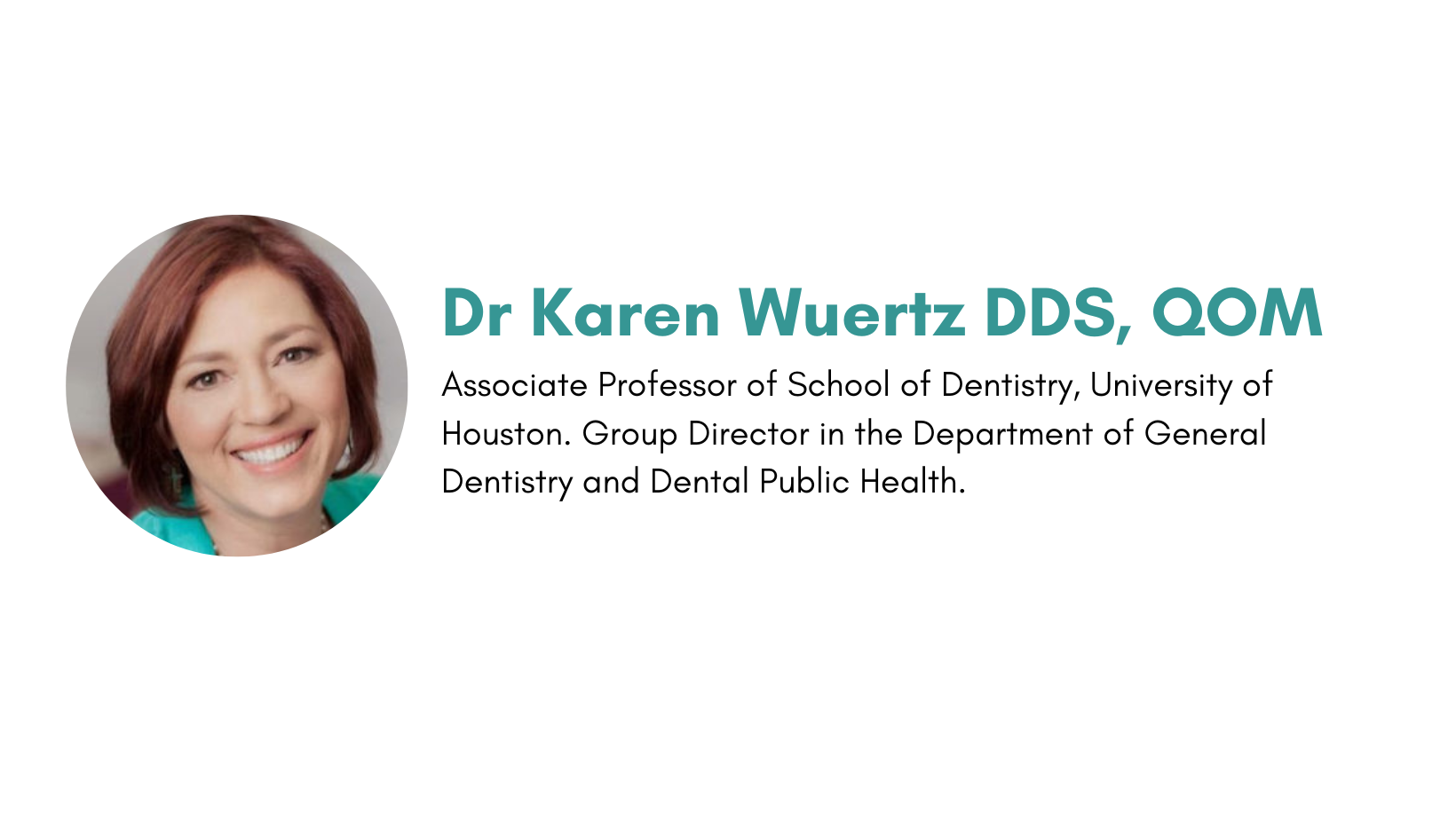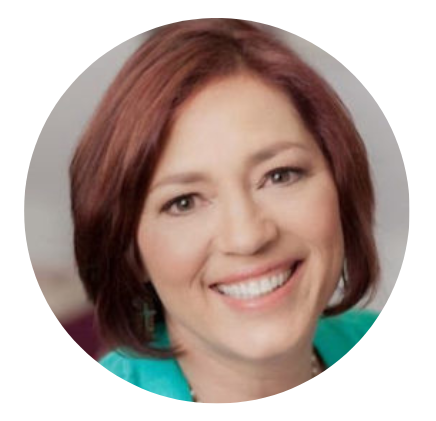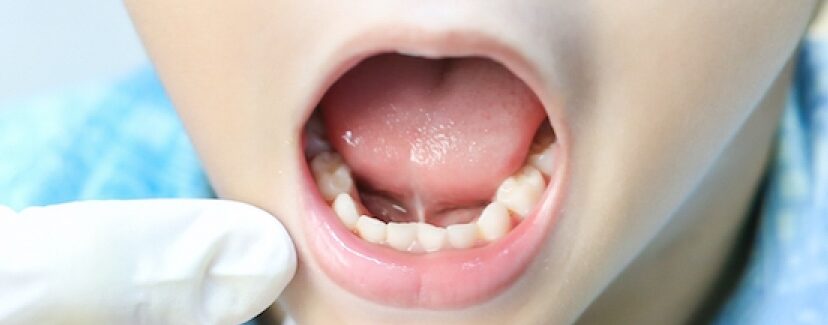Is Frenectomy Covered as a Medical or Dental Procedure?
Published: May 1, 2023
Frenectomy procedures are performed primarily on infants and children and may involve the removal of one or both frena from the mouth. Recent statistics given by the American Academy of Pediatric Dentistry illustrate the number of frenotomy/frenectomy procedures performed is growing, and shows a 90 percent increase in recent years.
A frenectomy is considered medical in nature if there is a problem feeding newborns or if it is required to correct a congenital malformation known as ankyloglossia. It also implies that a frenectomy is medically necessary and is accompanied by the following common symptoms such as difficulty with feeding/eating, chewing, swallowing or if there is a speech impairment or difficulty with articulation.
Depending on whom you ask, surgeries associated with the lingual, labial and the buccal frena can be considered either a dental or medical procedure. Some Insurance companies will cover a dentist performing the procedure if the dentist’s office knows how to bill medical insurance. If a specialty dentist provides sleep medicine or TMJ services, they often already have the system in place to bill medical insurance.
One of the most frustrating things about billing medical or dental insurance is that the inclusion or exclusion of a frenectomy code does not necessarily indicate coverage. Additionally, Codes that are listed as covered, may have selection criteria that must be met--- and conveniently, insurance companies rarely provide the description of that criteria.
States with Medicaid programs will sometimes cover frenectomy procedures when they affect breastfeeding; however, a pre-authorization is usually required and can have age restrictions for infants.
Because there are countless numbers of medical and dental plans across the United States, it’s important to obtain, in advance, a verification of deductibles, coinsurance amounts and to determine if a pre-authorization is required for coverage.
With increased awareness about these life changing procedures, I remain hopeful that eventually people of all ages will receive the intervention needed to improve feeding/eating, chewing, swallowing and speech.



